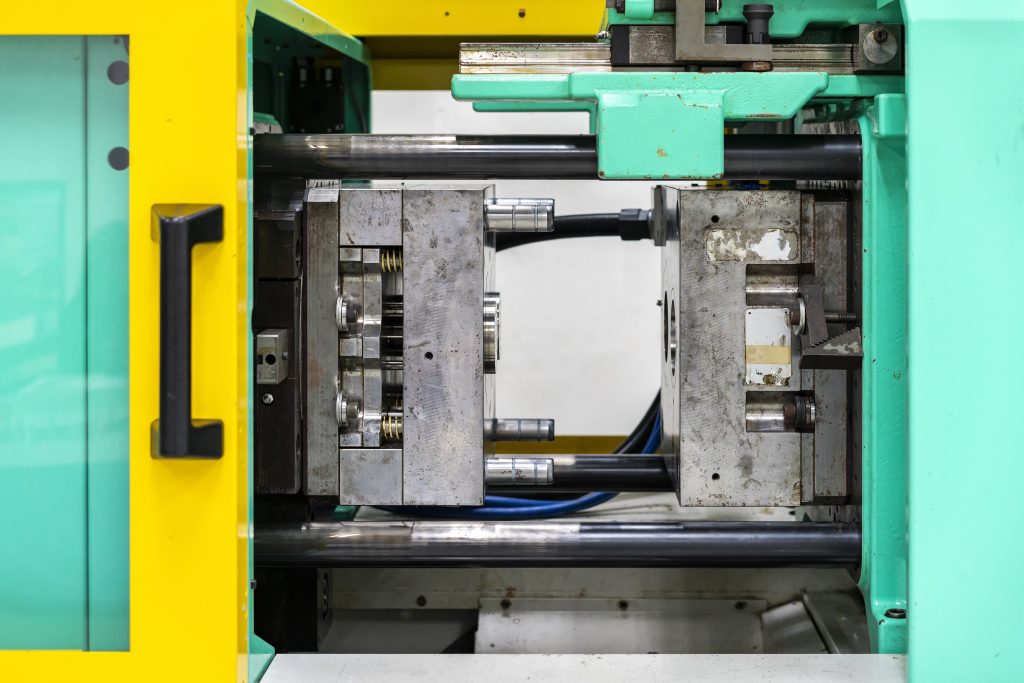Injection moulds are a key element of the plastic manufacturing process. They enable obtaining accurate shapes and sizes, and reaching high production efficiency. This article takes a closer look at the construction of injection moulds, their key elements and industrial applications. Enjoy your read!
Shaping the moulding cavity
Shaping the moulding cavity is the first stage of constructing an injection mould for plastics. This section of the mould receives the injected plastic, which then takes the desired shape influenced by high temperature and pressure. This is where the plastic is heated up, and then forced inside the mould, where it cools and solidifies. The moulding cavity must be precisely engineered, to ensure appropriate product quality and repeatability. It should be added that the moulding cavity shape depends on the plastic and product-specific technical requirements.
Injection and feed system
As stressed by a representative of the manufacturer of injection moulds: the injection and feed system are key elements of an injection mould. Their task is to supply an appropriate volume of molten plastic to the moulding cavity. The injection system is made up of a so-called ‘injector’ that forces plastic inside the mould, and nozzles guiding the plastic inside the mould.
In turn, the feed system is responsible for the correct distribution of plastic within the moulding cavity, ensuring uniform fill of all mould sections. It should be noted that the feed system must be carefully designed to avoid the formation of finished-product cracks or deformations.
Withdrawal and cooling mechanisms
Withdrawal and cooling mechanisms are other crucial injection mould elements that are included in the product range of Noex, a manufacturer of plastic products. Withdrawal mechanisms are employed to automatically remove finished products from inside the mould, after the plastic injection and cooling processes are completed. They can take a variety of forms, such as blow sleeves, levers or gripping jaws. In turn, cooling mechanisms are aimed at maintaining the correct mould temperature during operation, which translates to product quality and production cycle. Moulds are most often cooled via flowing water or oil, which dissipate heat generated in the course of the injection process.
Read More: The Revolution in Online Poker Powered by Modern Technology
